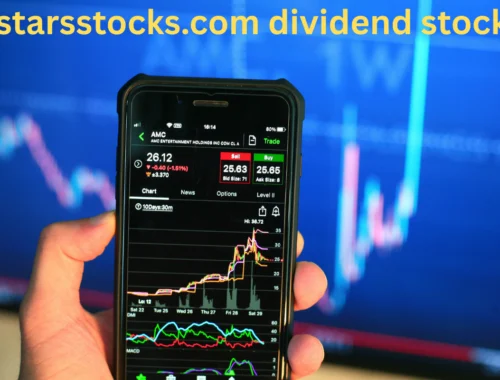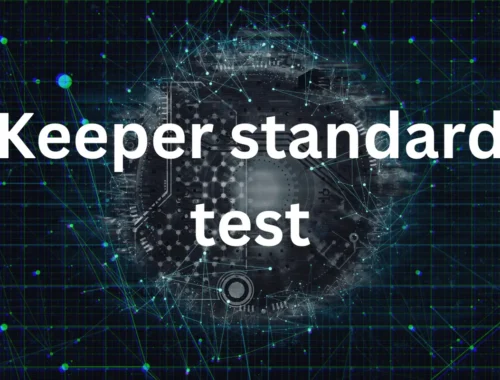
How Energy Management Systems Drive RE100 Commitments to Reality?
Table of Contents
ToggleGuide to Energy Management System RE100
As more companies actively adopt better practices, programs such as RE100 are now considered market standards for environmental leadership. The RE100 vision to compel companies to achieve 100% renewable energy source by 2040 has elicited global interest. Thus, the optimisation of a number of these commitments is achieved by having well-functioning energy management systems. That is why through energy efficiency, management of renewable energy sources, and by using Energy Attribute Certificates (EACs), companies can easily achieve RE100 goals.
Now let’s find out how the EMS closes the gap between goals and their implementation, how energy declarations become performance indicators.
RE100: The Path to 100% Renewable Energy
RE100 is a global program with organizations that have made a pledge to purchase 100 percent of their electricity from renewable sources. A key component is that participants need to make their process transparent and report energy usage while ensuring compliance with set sustainable goals and objectives.
Indeed, the major issue relates to the interconnectedness of energy systems. Different regions are active for businesses, they use different energy sources, have different certificates and regulations. Tracking and management are essential components for the successful implementation of RE100 standards as were observed.
That is where energy management systems come in handy.
What Is an Energy Management System (EMS)?
Energy Management System (EMS) is a concept applied on the computerized system that operates in organizations to audit and control the energy used by an organization. It centralizes energy data, monitors the procurement of renewable energy and compels firms to report on global standards such as RE100, CDP, and CSRD.
Key functions of an EMS include:
- Energy Data Tracking: Captures consumption data across regions, facilities, and energy sources.
- EAC Management: Streamlines procurement, retirement, and allocation of Energy Attribute Certificates like RECs (U.S.), GOs (Europe), and I-RECs (global markets).
- Performance Optimization: Analyzes energy use to identify inefficiencies and improve overall energy performance.
- Automated Reporting: Generates compliant, audit-ready reports for mandatory and voluntary sustainability frameworks.
Essentially, an EMS centralizes energy data, allowing businesses to leverage such knowledge in an effort to optimize its energy solutions to meet RE100 objectives.
How EMS Helps Businesses Meet RE100 Goals?
Understanding is more than getting to 100% renewable energy; it involves a system approach of how energy is going to be managed. An EMS simplifies this process in several ways:
1. Streamlined Renewable Energy Procurement
EACs are the basic instrument used to achieve RE100 compliance. EMS makes it easy for businesses to acquire, monitor, and eventually retire EACs. This means whether a consumer is purchasing RECs, GOs, or I-RECs, the system guarantees that every single energy being used is backed by a genuine certificate of renewable energy.
2. Improved Visibility Across Global Operations
For businesses operating in multiple regions, managing energy data becomes challenging. An EMS provides a centralized dashboard that tracks energy usage, certificate balances, and regional energy mixes. This visibility enables companies to make informed decisions about energy procurement and ensure compliance with RE100 standards.
3. Automation of Scope 2 Reporting
Scope 2 emissions, which arise from purchased electricity, are a major focus for RE100 participants. An EMS automates Scope 2 reporting by tracking emissions data, EAC transactions, and energy consumption, ensuring accuracy and transparency in sustainability disclosures.
4. Driving Accountability and Transparency
Energy management systems ensure businesses remain accountable to their commitments. Detailed reporting capabilities, including volume tracking and discrepancy flagging, help companies demonstrate progress toward RE100 targets with confidence.
Benefits of EMS for RE100 Commitments
Enhanced Operational Efficiency
By automating energy management processes, EMS reduces manual intervention and minimizes errors. This leads to streamlined operations and significant cost savings.
Improved Decision-Making
Data-driven insights from EMS empower organizations to make informed energy procurement and operational decisions. Companies can identify the most cost-effective renewable energy sources and optimize usage patterns.
Regulatory Compliance
Many regions have stringent energy and emissions regulations. EMS helps organizations comply with these requirements by tracking and reporting energy usage and emissions accurately.
Positive Brand Image
Organizations fulfilling their RE100 commitments gain a positive reputation among customers, investors, and stakeholders. EMS ensures transparency and accountability, enhancing the brand’s credibility.
Case Study: A Business Perspective
Consider a multinational company with facilities in the U.S., Europe, and Asia. Without a unified energy management system, tracking renewable energy procurement across these regions would require manual spreadsheets, leading to errors and inefficiencies.
By implementing an EMS, the company can:
- Consolidate its energy consumption data into one platform.
- Procure RECs for U.S. operations, GOs for Europe, and I-RECs for Asia seamlessly.
- Automate Scope 2 reporting for RE100, CDP, and other sustainability frameworks.
This streamlined approach allows the business to focus on achieving its sustainability goals without being burdened by administrative challenges.
Challenges in Implementing EMS for RE100 Goals
Despite their benefits, energy management systems face challenges in implementation:
- High Initial Costs: Installing EMS infrastructure can be expensive, deterring small businesses.
- Integration Complexities: Incorporating EMS with existing systems and renewable energy sources requires technical expertise.
- Data Security Concerns: Handling sensitive energy data necessitates robust cybersecurity measures.
Overcoming these challenges requires careful planning, investment, and collaboration with energy management experts.
Why Energy Management Is the Future of Sustainability?
An EMS doesn’t just help businesses meet RE100 goals—it transforms how companies approach energy consumption. By providing data-driven insights, it empowers organizations to:
- Reduce Costs: Optimize energy performance and eliminate inefficiencies.
- Enhance Sustainability: Align operations with renewable energy goals while supporting carbon-free grid initiatives.
- Build Credibility: Demonstrate transparency and accountability in sustainability reporting.
As regulatory pressures increase and sustainability becomes a priority for investors and consumers, businesses that embrace energy management systems will lead the way toward a cleaner, greener future.
Conclusion: Energy management system re100
For companies striving to meet RE100 targets, energy management systems are the backbone of success. They simplify renewable energy tracking, streamline EAC management, and ensure compliance with global reporting standards.
In an era where sustainability defines business success, effective energy management is not just an option—it’s a necessity. With the right tools and systems in place, companies can confidently achieve 100% renewable energy, paving the way for a brighter, carbon-free future.
FAQs: Energy management system re100
Below are some of the FAQs about energy management system re100.
What is the commitment to RE100?
The most significant companies in the world have joined forces under the worldwide effort RE100 to run their operations entirely on renewable power. Our goal, spearheaded by Climate Group, is to scale up the transition to zero carbon grids.
What are the benefits of RE100?
Why RE100? The significance of RE100. Businesses are encouraged by the RE100 project to switch to renewable power and stop using fossil fuels for commercial and industrial energy.
How does energy management help sustainability?
Important aspects of energy management have a direct influence on sustainability. Changing workplace energy culture and reducing energy use in easy ways would improve solid waste disposal, air and water quality, climate change, and thermal pollution.
What is the principle of RE100?
Businesses who are listed as RE100 publicly pledge to get all of their power from renewable sources. A corporation must purchase or produce all of its power from renewable sources in order to qualify as “100% renewable” for the purposes of the RE100 initiative.

Revamp Hallways with Ceiling Lights

When Is a DPIA Required?
You May Also Like

5starsstocks.com dividend stocks
12 April 2025
Keeper standard test
14 December 2024